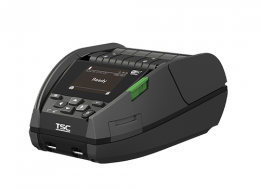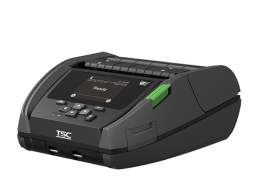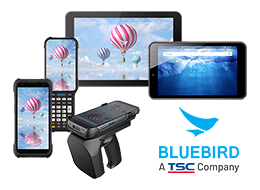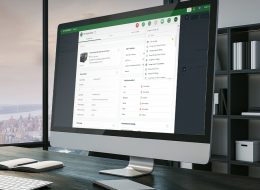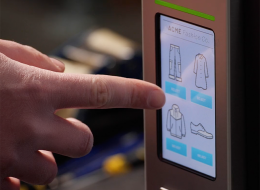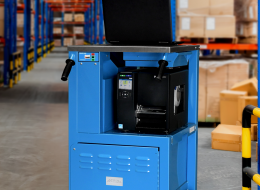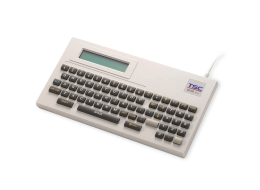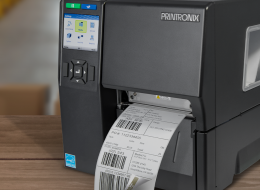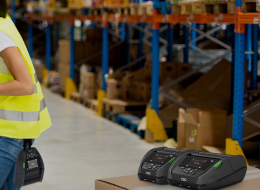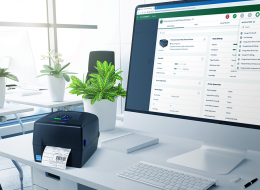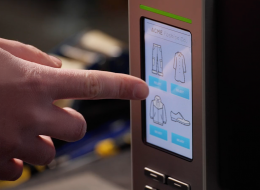The Essential Guide to Getting Started with Barcode Verification and Validation
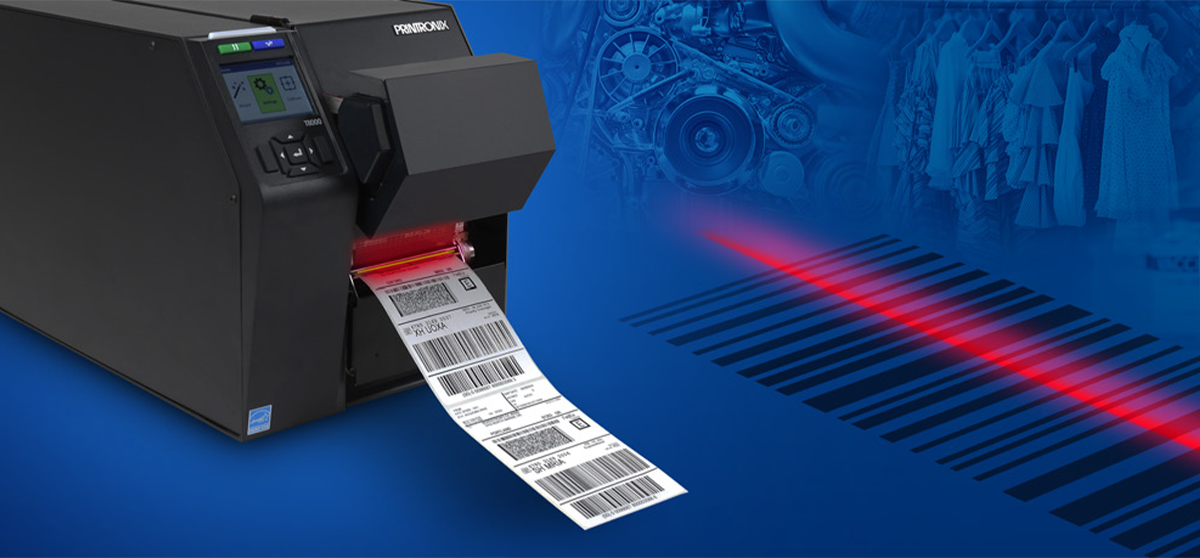
As a manufacturer or supplier, you need to get goods onto trucks with the least number of steps so your warehouse team can be efficient, and errors can be reduced. Limited warehouse space, temperature fluctuations, the label inspection process, and gathering data verification for printed labels are all critical considerations to optimize your operations.
Knowing the complete ins and outs of the barcode inspection process, which includes both barcode verification and barcode validation, is vital to understand how best to enhance it. Barcode inspection involves a few key things that vastly impact the efficiency of your process.
Today, we’ll help those just starting out and seasoned veterans by clearly defining five key factors that impact your barcode inspection process.
Background: Barcodes and Modern Business
Starting with the basics, a barcode label can specify where a product, item, or pallet is going, along with what it contains, how to handle the item, identification information, and so much more. Modern businesses rely on labels to provide certain information, and since they’ve gained logistical prominence, they’ve now implemented compliance standards for formatting, regulations, and processing.
It can become costly to not put the proper guidelines in place for labeling. Label inspection saves you in the long-run for productivity, profit, customer satisfaction, and quality assurance. Plus, your brand reputation could be on the line if labels are unreadable, incorrect, or not conveying the right information.
You wouldn’t ship a product without inspecting it, right? So incorporating label inspection as part of the label printing process just makes sense.
Here are five areas to consider about barcode label inspection and how you can leverage this information when selecting your inspection system. And we’ll offer insights into the benefits of using our barcode label inspection systems to save time, money, and enhance your peace of mind.
1. Physical Space
Your main objective? To get goods onto trucks in as few actions and steps as possible. Your warehouse team’s time is precious, and the warehouse space is limited as well. Packaging, labeling, and loading are critical steps with finite space, so when you’re evaluating inspection alternatives, be sure to consider these setup items:
- Number of power outlets needed
- Footprint of the printer and label inspection equipment
- Network connection requirements
- Durability and resilience of the printer and label inspection equipment for the warehouse environment
- Temperature fluctuations for the printer and label inspection equipment at areas like the loading dock (in comparison to an office environment, for example)
- Time needed to swap out the printer and the label inspection equipment, in case of an issue
With our unique integrated barcode inspection system built into the printer footprint, no additional space is required for label inspection equipment since it is hosted within the printer.
Minimizing operator intervention and action not only helps maintain productivity, but it saves untrained staff from duties outside of their scope and keeps the process flowing efficiently. The following list will help you think through the steps in the process that are critical to keep things moving:
- Label inspection by the warehouse staff after printing
- Time needed for faulty labels (avoiding use of failed label, retrieving carton with failed label)
- Steps to reprint failed labels and ensuring the correct label was reprinted
- Necessary actions to start the printer and the label inspection equipment at the beginning of each day
- What additional steps are needed to thread the labels through the label inspection equipment (every time a roll of labels is changed)
Our automated barcode inspection system eliminates the need for operator action. The printer will retract the failed label, overstrike it, and automatically print the replacement label.
When you invest in printers and label inspection scanning equipment, you want to ensure that investment is protected during future changes. Consider these items:
- Upgradeability of the printer to add label inspection equipment in the field
- Warranty or serviceability changes of the printer upon adding label inspection equipment
- Upgrading label inspection equipment with new firmware releases or additional functions
- Label inspection equipment conforming to ISO standards 15416 for 1D barcodes and 15415 for 2D barcodes
- Performing label inspection on 4-inch, 6-inch, and 8-inch labels
- Inspection equipment checking both RFID encoding and barcode grading in the same device
Our integrated scanner can be installed on location or in the field, conforms to ISO standards, performs inspection for 4-inch, 6-inch, and 8-inch labels, and does much more.
Managing your organization’s many label templates for your variety of customers, products, or destinations is critical to ensure you’re using the proper template. Forego adding too much additional work, or the complexity and the potential for mismatches between template versions may increase. Here is a handy checklist to consider for label templates in your organization:
- Necessary actions for the label inspection equipment in identifying barcodes to be graded
- Equipment needed for template creation
- Where templates are stored
- Template distribution to the various inspection stations
TSC Printronix Auto ID barcode inspection printers have Barcode GPS which will find and grade every barcode on every label automatically, regardless of the data stream, eliminating template requirements.
Accessing data after a print job is valuable, since it provides details to dispute customer chargebacks, and information about operator effort, barcode issues, and more. Here are some considerations for data collection:
- Information ensuring every label meant to be printed was printed correctly
- Determining if a replacement label successfully printed after misprint
- Barcode grading data for every barcode on every label, with data returned to the application for chargeback defense
- Steps needed by the operator to get the data returned to the application
Our barcode inspection printers generate real-time or batch reports that show every label in the job, the success of the label, and the grade for each barcode.
More Ways TSC Printronix Auto ID Printers Can Help
Not only can inspecting your labels (before they leave your warehouse or distribution center) help with chargebacks, but it also delivers an enhanced ROI. This can pay for itself in a few months and requires no added templates, servers, equipment, or space.
Choosing TSC Printronix Auto ID’s unique integrated barcode inspection system that is automated — and happens while labels are printing — results in better efficiency. It can give you confidence that every barcode label sent out is accurate and printed at the highest level of quality. The T6000e and T8000 Series Enterprise Industrial Printers come equipped with integrated barcode inspection, while the T6000e has both dual barcode inspection and RFID tag encoding/printing capabilities.
To determine the best barcode inspection printer for your needs, schedule a free consultation online or contact your local representative.

